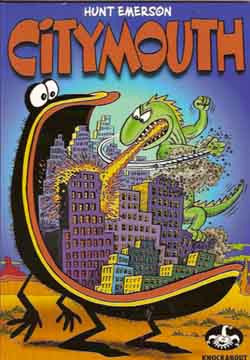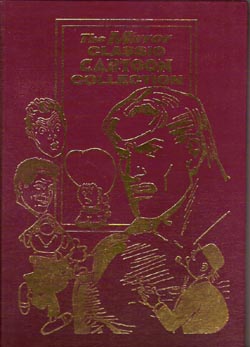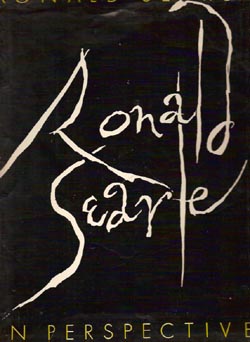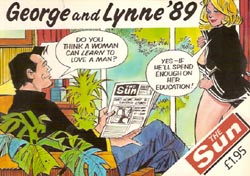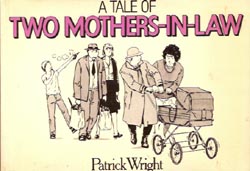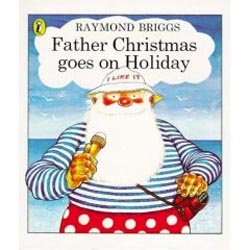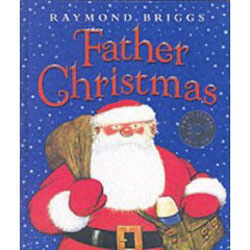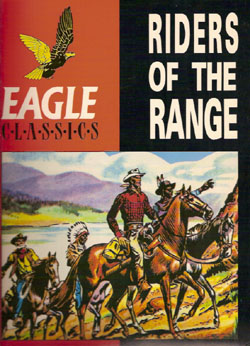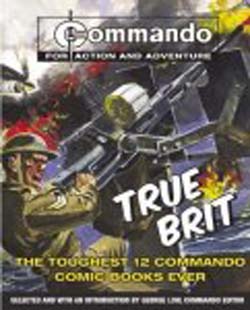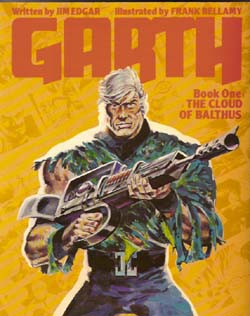
By Jim Edgar and Frank Bellamy, with John Allard (Titan Books)
ISBN: 0-90761-034-X
The British Superman Garth first appeared in the Daily Mirror on Saturday, July 24th 1943, the creation of professional cartoonist Steve Dowling and BBC producer Gordon Boshell, at the behest of the editor who wanted an adventure strip to complement their other comic strip features, Buck Ryan, Belinda Blue Eyes, Just Jake and the immortal, morale-boosting Jane.
A blond giant and physical marvel, Garth washed up on an island shore and into the arms of a pretty girl, Gala, with no memory of who he was, but nevertheless saved the entire populace from a brutal tyrant. Boshell never had time to write the series, so Dowling, already producing the successful family strip The Ruggles, scripted Garth until a new writer could be found.
Don Freeman dumped the amnesia plot in ‘The Seven Ages of Garth’ (which ran from September 18th 1944 until January 20th 1946) by introducing the studious jack-of-all-science Professor Lumiere whose psychological experiments Regressed the hero back through some past lives. In the next tale ‘The Saga of Garth’ (January 22nd 1946 – July 20th 1946) his origin was revealed. As a child he’d been found floating in a coracle off the Shetlands and adopted by a kindly old couple. When grown he became a Navy Captain until he was torpedoed off Tibet in 1943.
Freeman continued as writer until 1952 (‘Flight into the Future’ was his last tale), and was briefly replaced by script editor Hugh McClelland (who only wrote ‘Invasion From Space’) until Peter O’Donnell took over in February 1953 (‘Warriors of Krull’). He wrote 28 adventures until he resigned in 1966 to devote more time to his own strip Modesty Blaise, and his place was taken by Jim Edgar; a short-story writer who also wrote such prestigious strips as Matt Marriott, Wes Slade and Gun Law.
Dowling retired in 1968 and his long-time assistant John Allard took over the strip until a suitable permanent artist could be found. He completed ten tales until Frank Bellamy began his legendary run with the 13th instalment of ‘Sundance’ (which ran from 28th June to 11th October 1971). Allard remained as background artist and assistant until Bellamy took full control during ‘The Orb of Trimandias’.
One thing Professor Lumiere had discovered and which gave this strip its distinctive appeal – even before the fantastic artwork of Bellamy elevated it to dizzying heights of graphic brilliance – was Garth’s involuntary ability to travel through time and experience past and future lives. This simple concept lent the strip an unfailing potential for exotic storylines and fantastic exploits, pushing it beyond its humble beginning as a British response to Siegel and Shuster’s American phenomenon Superman.
In ‘Sundance’ Garth is sucked back to 1876 to relive his life as an officer of George Custer’s 7th Cavalry on the Eve of the Battle of the Little Big Horn. He has a brief but passionate love affair with the squaw Falling Leaf before dying valiantly for his beliefs and their love. It is an evocative, powerful tale that totally captures the bigotry, arrogance and futility of the White Man and the tragic demise of the Indian way of life.
‘The Cloud of Balthus’ shows the open, simple elegance of the narrative concept in Garth. Whilst vacationing in the Caribbean the hero becomes embroiled in an espionage plot involving freelance super-spies and a US space station, but even that is mere prelude to fantastic adventure and deadly terrors when he and his delectable, double-dealing companion Lee Wan are abducted by nebulous energy beings in a taut, tension-fraught thriller.
‘The Orb of Trimandias’ sends Garth back in time to the Venice of the Borgias, when he re-lives his life as English Soldier-of-Fortune Lord Carthewan, a decent man battling an insane and all-powerful madman for the secret of a supernaturally potent holy relic. This gripping, exotic yarn is replete with flamboyant action, historical celebrities, sexy women and magnificently stirring locales. It’s a timeless treasure of adventure that has the added fillip of briefly reuniting Garth with his star-crossed true love, the ethereal Goddess Astra.
This lovely volume concludes with a high-octane gothic horror story. In ‘The Wolfman of Ausensee’ Garth becomes the reluctant companion of movie starlet Gloria Delmar on a shoot at the forbidding Austrian Schloss (that’s a big ugly castle to you) of a playboy whose family was cursed by witches. Despite the title giving some of the game away this is still a sharp and savvy spook-fest that would sit easily amongst the best Hammer Horror films, and just gets better with each rereading.
Garth is the quintessential British Action Hero – strong, smart, good-looking with a big heart and a nose for trouble. His back-story gives him all of eternity and every genre to play in and the magnificent art of Frank Bellamy also made his too-brief tenure a stellar one.
Comic-strips seldom get this good, and even though this book and its sequel are still relatively easy to come by, it is still a crime and a mystery that all these wonderful tales have been out of print for so long.
© 198Mirror Group Newspapers. All Rights Reserved.

